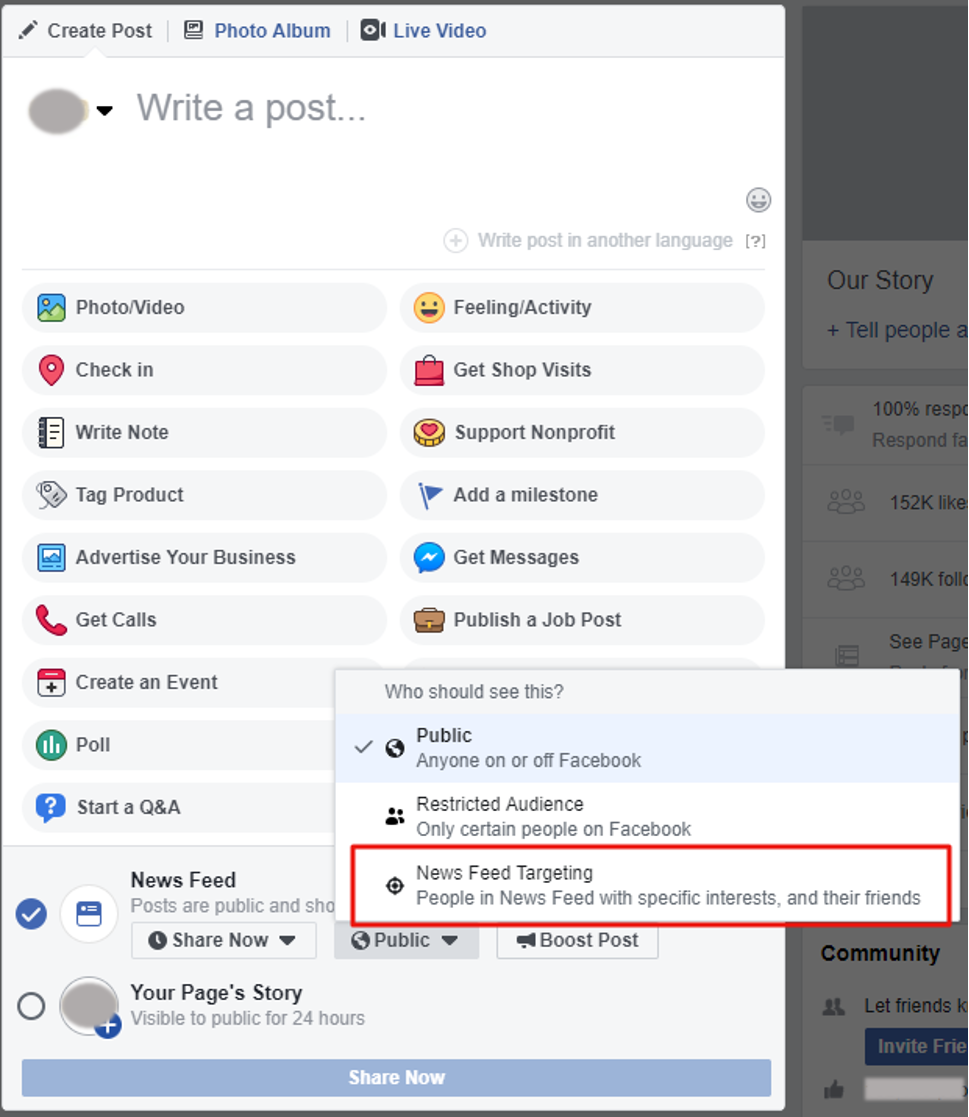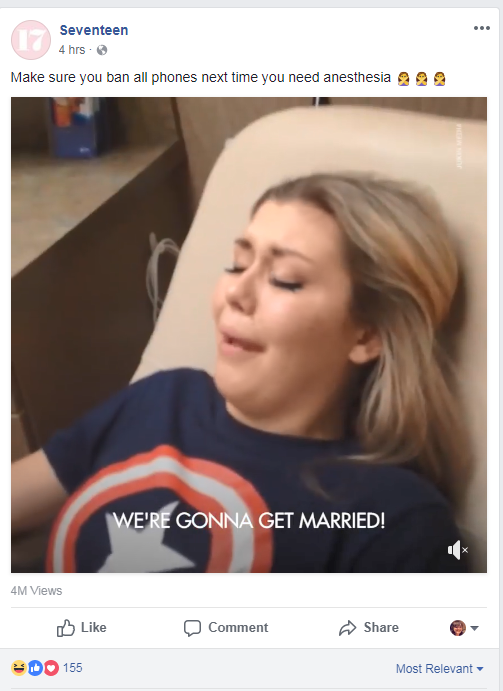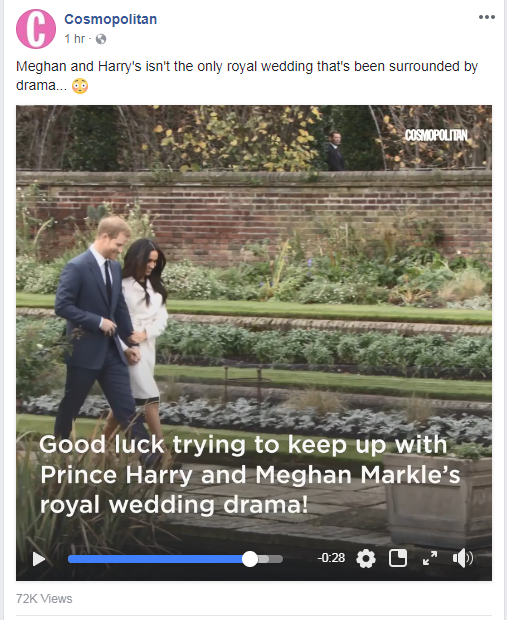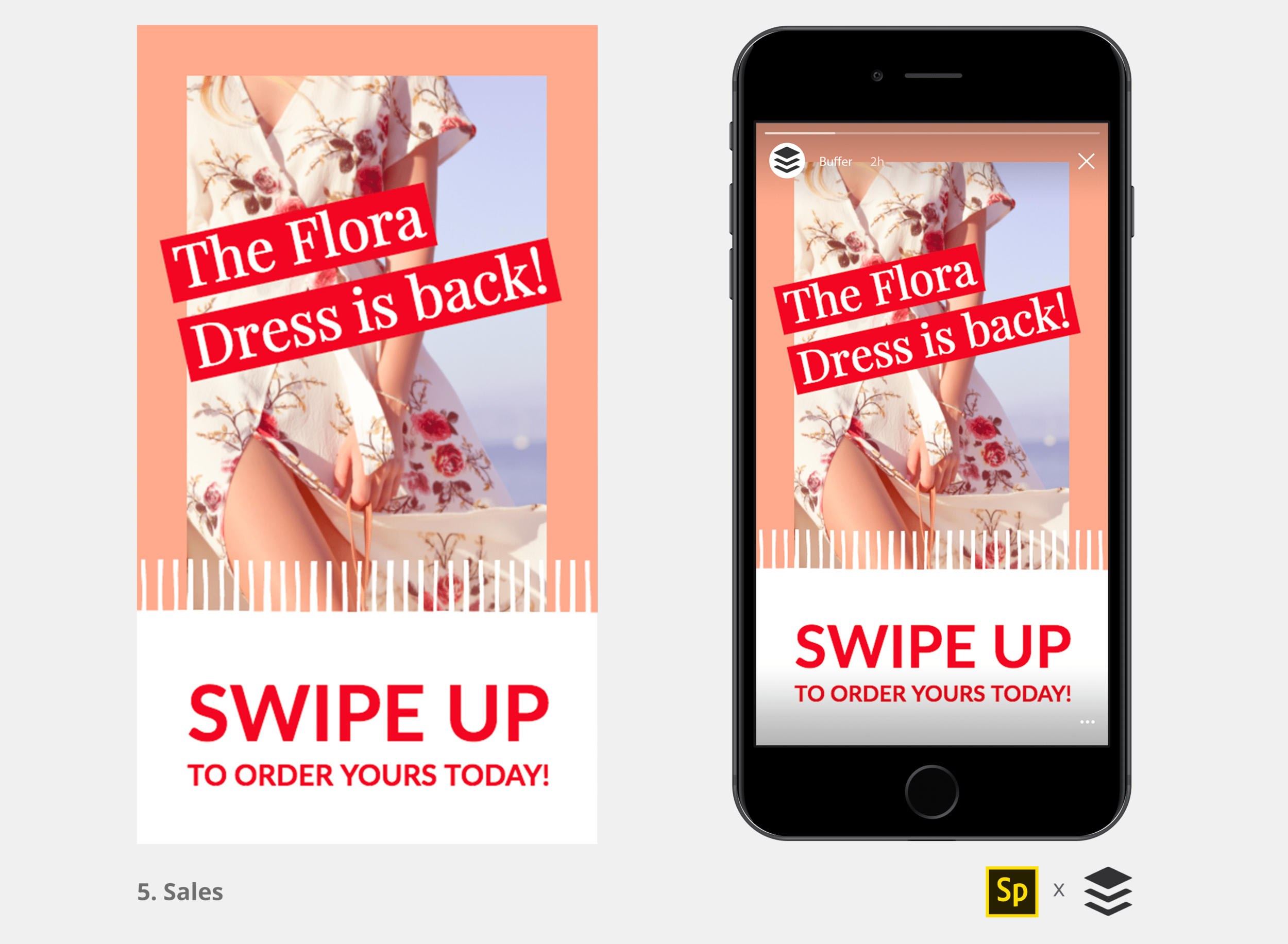Google announced some major improvements for both Ads and Shopping at their 2019 Keynote address. From linking and bidding optimizations to new options for audiences and product comparisons, marketers have a lot to look forward to in 2019. We’ve combed through the address and come up with five essential takeaways that likely will impact the marketing industry over the next year.
Impact on Ads
Gallery Ads were introduced, allowing marketers to include 4-8 images and a 70-character tagline for each image in their paid search ads. This is the first time that imagery has been integrated into traditional search ads and will greatly increase both the size of the ad and its ability to capture viewers’ attention. Images will be especially beneficial for brands in the food or consumer packaged goods space, as buyers can get a clearer idea of the product straight away. Though the end destination is still your website, these ads will likely change how Google defines a click on your ad.
New Audience Type
Custom Affinity and Custom Intent audiences will be merged and renamed to “Custom Audiences”. This will be helpful for creating an audience type (such as “hiking enthusiasts”) that contains the best of both audience categories and using that audience across both Google and YouTube ads.
New Ways to Bid
Going forward, there will be a new bidding type that is focused on maximizing conversion value. It weighs different conversions against their values and optimizes bids accordingly. This means that marketers will be able to choose different conversions and conversion values at the campaign level, providing more flexibility with conversion tracking. Campaigns can even be optimized for conversions like for in-store visits.
Simplified Video Ads
Later in 2019, Google will be rolling out a new automated way to create YouTube’s six-second bumper. When a video is submitted, the platform will use machine learning to grab out 3-4 six-second clips that can then be used as bumper ads. Marketers will retain final control over these clips and the audio used for them, making this an easy way to engage with viewers your way while reducing time investment.
Changes to Google Shopping
Google Shopping will be experiencing some of the most exciting changes, according to this year’s keynote. A new Google Shopping site will roll out, which will allow users to see hundreds of products side by side with the option to purchase from online retailers directly through the Google Shopping interface. Users will be able to buy a product they see directly from a YouTube ad as well, and later this year the optimization will expand into Google Images.
Google is ever-changing – but keeping ahead of the curve is what MAKA does best. Contact us at hello@makadigital.com and we’ll use our industry experience to help you ride Google’s wave into your most profitable year yet.





















